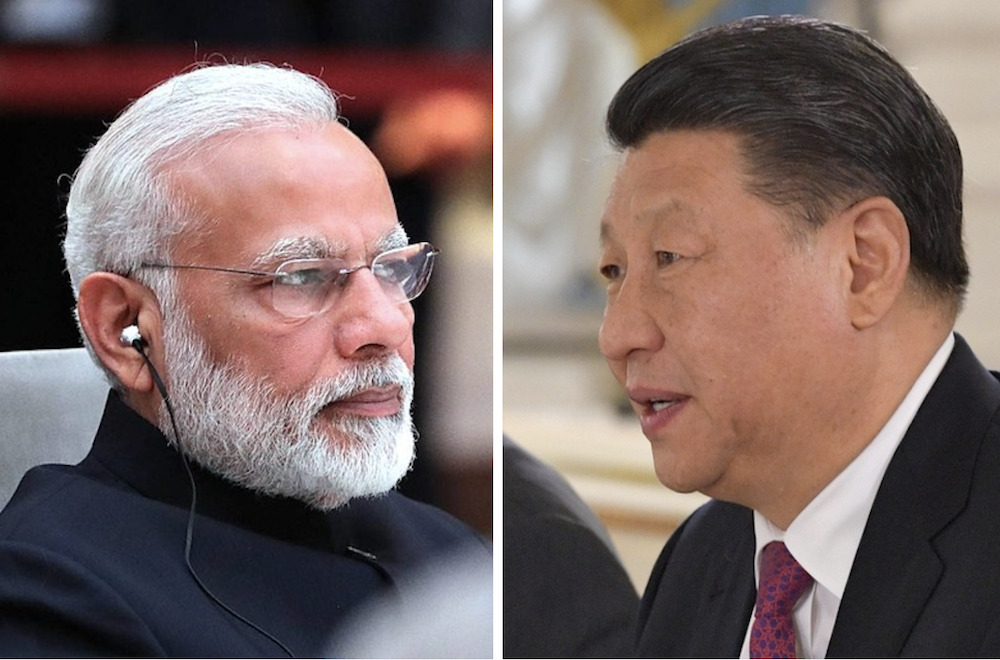After giving China a bloody nose along the border on LAC and giving a subsequent economic setback during the Diwali season, India is all set to corner China by playing aggressively on the front foot. According to a Reuters report, India is considering a plan to build a 10 gigawatts (GW) hydropower project in a remote eastern state following news reports suggesting that China could construct dams on a section of the Brahmaputra River.
Originating in the Tibet Autonomous Region (TAR), the trans-border Yarlung Zangbo flows into Arunachal Pradesh where it is called Siang, and then to Assam as the Brahmaputra before flowing into Bangladesh.
Indian authorities are concerned that the Chinese project could trigger flash floods or create water scarcity and, therefore, as a countermeasure, they have floated the idea to build the dam which could help avoid any possibility of drought in the region.
“The need of the hour is to have a big dam in Arunachal Pradesh to mitigate the adverse impact of the Chinese dam projects,” T.S. Mehra, a senior official in India’s federal water ministry, told Reuters. Another stakeholder in the region, Bangladesh also sounded apprehensive of China’s nefarious plans and cast aspersions over China’s intent while also calling for multilateral discussions over the issue.
“China’s downstream neighbours have a legitimate cause for concern. Water flow will be disrupted,” said Sheikh Rokon, secretary-general of environment campaigners Riverine People.
According to Chinese state media, the authoritarian country is looking to build a “super” dam on the lower reaches of the Yarlung Zangbo River close to the Line of Actual Control (LAC) in Tibet. Yan Zhiyong, the Chairman of state-owned Power Construction Corporation of China, speaking at an industry conference, said plans to dam the river were a “historic opportunity”.
The initial work on the dam began with Power China on October 16, signing a strategic cooperation agreement covering the 14th Five-Year Plan with the Tibet Autonomous Region (TAR) government. The news regarding the new dam was published on an official social media platform of the ruling Communist Party of China’s (CPC) Youth League last week.
History is evident that by building such dams, China dries out countries in the lower downstream of rivers. China is the upstream Mekong River country, whereas the Southeast Asian nations- Laos, Thailand, Cambodia, and Vietnam are all downstream or the Lower Mekong Basin (LMB) countries.
Reported extensively by TFI, China has built 11 dams on the mighty Mekong River which have a combined water capacity of more than 47 billion cubic meters. Therefore, China artificially controls the flow of Mekong into the downstream countries- Thailand, Laos, Cambodia, and Vietnam.
At stake are the lives of 70 million people directly dependent upon the Mekong River in these countries. Moreover, 80 per cent of the 12 million households in these agrarian economies are directly dependent upon the Mekong River for their survival. Fish and rice form a part of the staple diet of the people in these countries.
According to the US-based research company, the damaging droughts in the aforementioned downstream LMB countries can be largely attributed to the Chinese dams that have been holding backwaters.
The similarities between the two river systems and the lifestyle of the population living around the river mean that if India doesn’t start with the operations of constructing the dam immediately, then it might be too late, for China already has the headstart.
